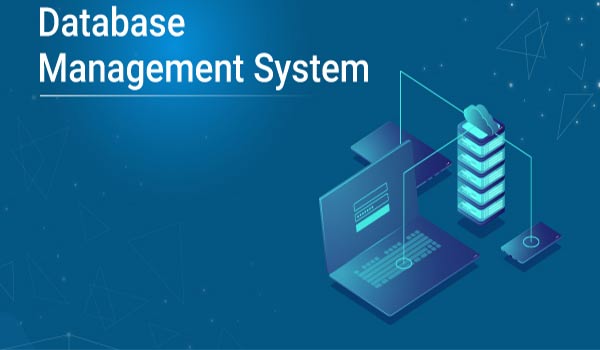Understanding the Basics of Database
 Prince Azubuike
Prince Azubuike
When we think about the internet, we think about data, communication, security, etc. Well, in this short article, my focus is on data. Where data is stored, how it is stored, and how to manage the data. To put everything in perspective, I will be talking about Database management.
What is data?
Data refers to unprocessed information that is yet to be organized by a system. It may consist of texts, numbers, bytes, or bits stored in the memory of an electronic device, or a piece of knowledge in someone's mind that is yet to be processed. For instance, a video file saved in a computer's memory is a form of data, which can be played to convey information to a user.
Where data is stored
Data can be stored anywhere and in any format. Information written on a scroll hidden underneath a castle is a database. Because one can reach it and access the information (data) written on the scroll.
What is a database?
A database is a structured collection of information or data that is organized and stored in a secure environment for future access and retrieval. In the pre-digital era, a database could be a locker, cabinet, or a room that was well secured from unauthorized access, and used to keep organizational files and information safe. This type of database is called a Manual Database File System (MDFS). Data stored in MDFS is accessed manually and is not synchronized across all departments. Such a database is prone to errors and loss of information, making it difficult to manage. This led to the development of Automated Database Management Systems (DBMS) such as MYSQL or Oracle.
What is DBMS?
A Database Management System (DBMS) is a computer software for managing databases. It handles all primary functions of a database like data manipulation, user authentication, and inserting or extracting data. The database management system (DBMS) defines the schema, which represents the structure of the database where the data is stored. To perform create, read, update, and delete (CRUD) operations, a Relational Database Management System (RDBMS) is used.
The RDBMS implements the relational model of tables and relationships, such as parent-to-child relationships. The data is organized into tables that consist of rows and columns. Each row has an identifier, called a primary key, that can be used to link to other tables. To access the data stored in RDBMS, a Query Language such as Structure Query Language (SQL) is used.
How to manage data in DBMS
A Database Management System (DBMS) is a software tool used to organize, manage, and store data in a database. To ensure efficient data management, skilled and authorized personnel are tasked with monitoring, securing, and constantly improving the data using the DBMS. This personnel is called a Database Administrator.
Database Administrators perform several operations on a database using the DBMS, including defining the structure and schema of the data, inserting, updating, deleting, and querying the data using a query language like SQL, ensuring data quality, integrity, security, and consistency, and optimizing the DBMS for performance and efficiency by using techniques such as indexing, partitioning, caching, compression, etc.
Additionally, Database Administrators use specialized tools like DBVisualizer to monitor the database for performance and optimizations.
Summary
Data is unprocessed information that can be stored in various formats such as text, numbers, or video files. A database is an organized collection of structured information that is stored in a secure environment for easy access and retrieval. In the past, databases were manual file systems prone to errors and data loss. However, with the advancement of technology, Automated Database Management Systems (DBMS) like MYSQL or Oracle have been developed to manage data. DBMS administrators are responsible for monitoring, securing, and improving data in the database. They define the data structure, insert, update, delete, and query the data using SQL and ensure data quality, integrity, security, and consistency using techniques such as validation rules, concurrency control, backup, and recovery patterns. They optimize the database for performance and efficiency and use specialized tools for performance and optimization.
That’s a wrap! If you have thoughts on this, be sure to leave a comment.
If you found this article helpful, like and comment.
You can follow me on Twitter.
Subscribe to my newsletter
Read articles from Prince Azubuike directly inside your inbox. Subscribe to the newsletter, and don't miss out.
Written by

Prince Azubuike
Prince Azubuike
As a versatile front-end developer, I specialize in translating UI/UX wireframes into captivating web applications using JavaScript, frameworks, and libraries. I work collaboratively with backend teams to ensure the creation of stellar finished products. In addition to my development expertise, I am a skilled technical writer. I have a passion for conveying complex concepts in a clear and concise manner, making them accessible to diverse audiences. Whether it's crafting engaging articles, comprehensive tutorials, or precise documentation, my goal is to provide informative and easily understandable content.